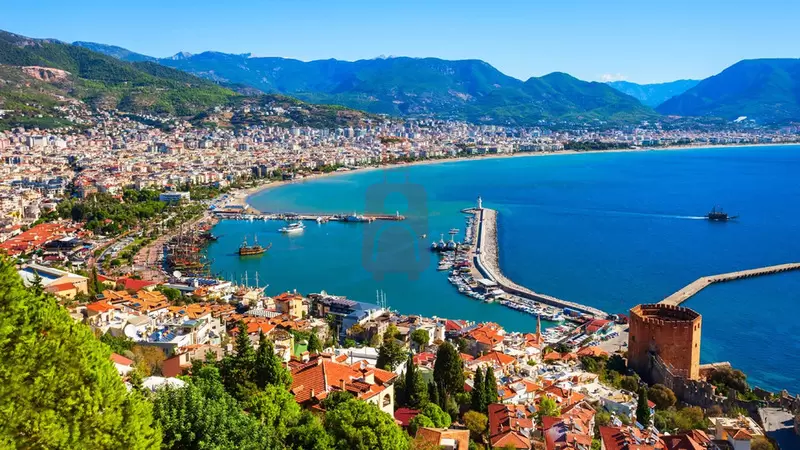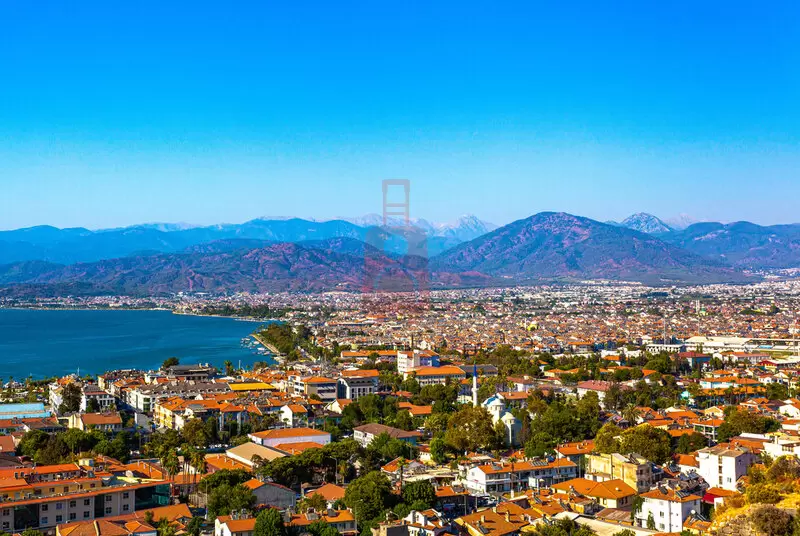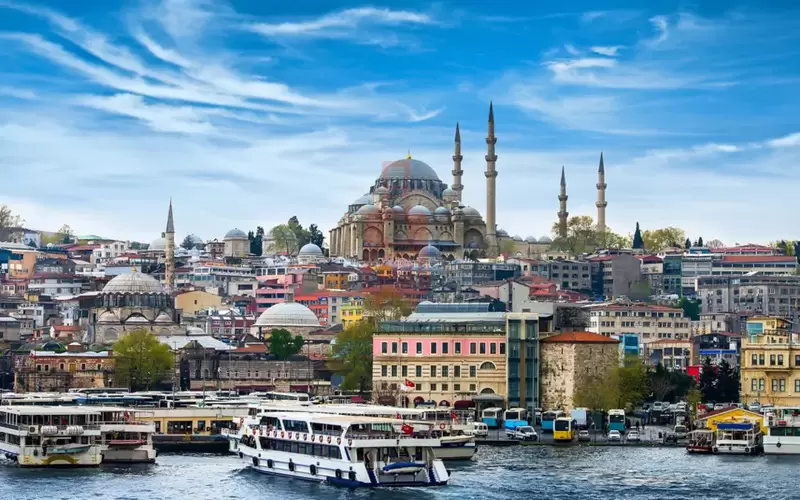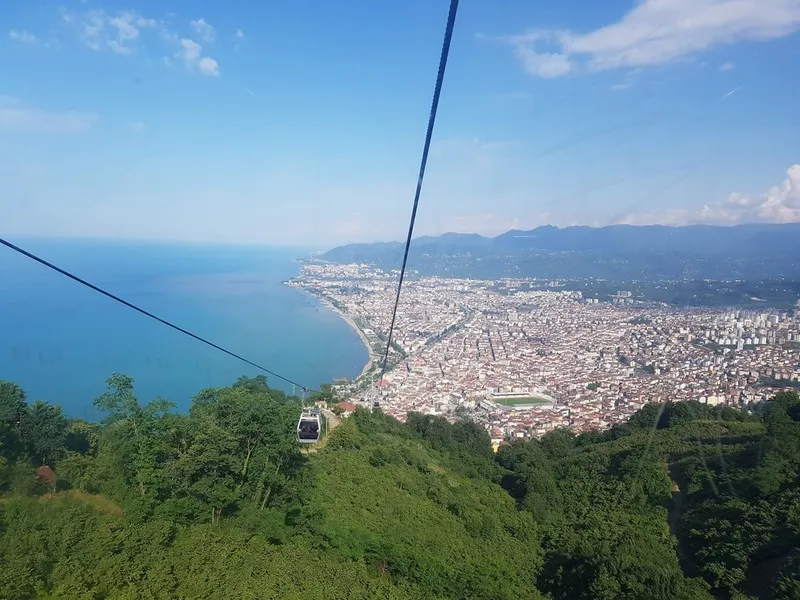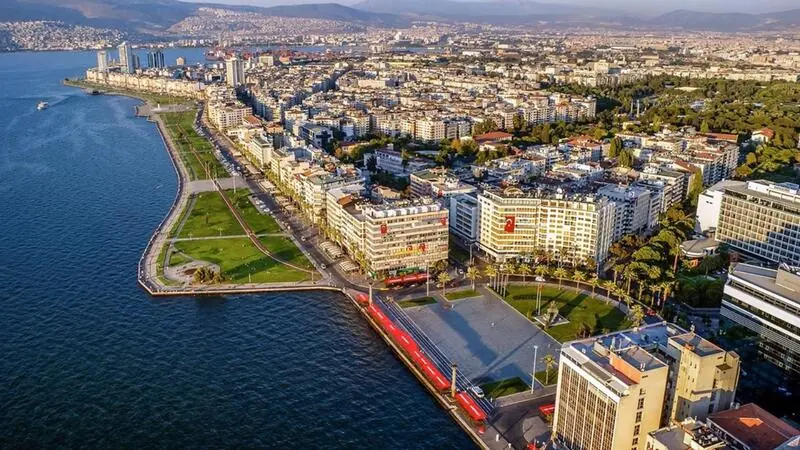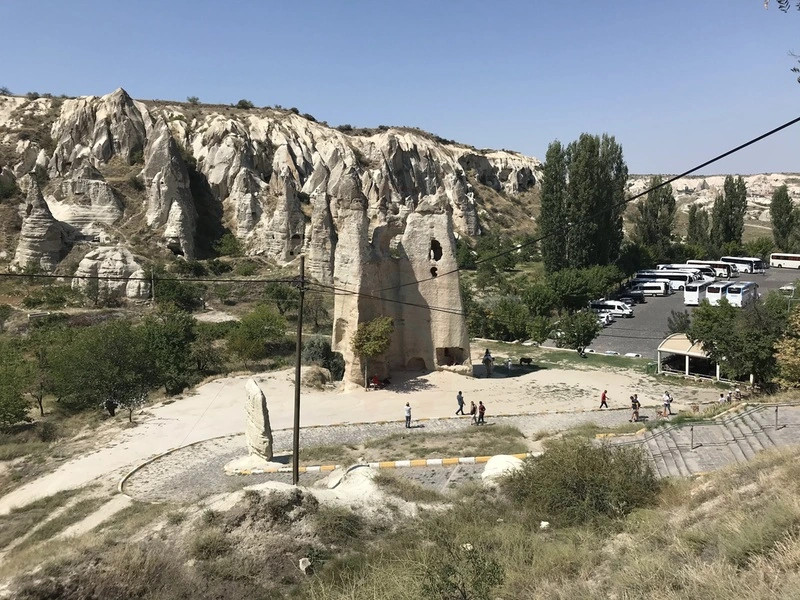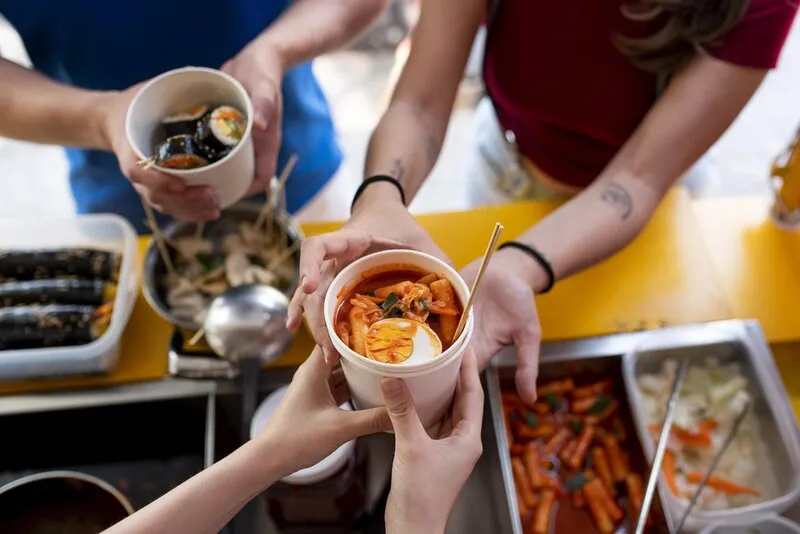
Street Food Tours in Türkiye: The True Pulse of Anatolian Gastronomy
A [Street Food Tour] in Türkiye is a sensory journey into the nation's soul. Unlike formal dining, street food (sokak lezzetleri) is the democratic, vibrant, and accessible reflection of Türkiye's layered history, tracing culinary traditions from the Ottoman Imperial Kitchen and the Spice Route to the portable carts of today's metropolises. For travelers, engaging with street vendors offers an immediate, flavorful, and incredibly [Budget-Friendly] window into local life.
As your professional guide, I confirm that successful street food exploration requires strategic planning across key regions, each specializing in unique, unforgettable flavors. This detailed guide highlights the essential city hubs, the must-try regional delicacies, and the specific etiquette for diving into Türkiye’s bustling outdoor kitchens.
I. Istanbul: The Capital of Street Cuisine
[Istanbul] stands as the definitive hub for street food, where centuries-old snacks and modern twists coexist along its historical thoroughfares and ferry ports.
The Daily Rituals and Historical Bites
The [Eminönü] and [Karaköy] districts offer the highest concentration of historical street food:
- The Morning Essentials: Start with a [Simit] (a sesame-crusted ring often called gevrek in the Aegean) with a glass of tea. The most famous ritual involves tasting [Balık Ekmek] (freshly grilled mackerel or similar fish served in bread with onions and greens) from the iconic boats near the [Galata Bridge]. Pair it with [Turşu Suyu] (pickle juice), a tangy, probiotic Ottoman tradition.
- Seafood Addiction: No trip is complete without [Midye Dolma] (mussels stuffed with spiced rice), served from portable trays with a mandatory squeeze of lemon. These are pervasive in [Eminönü], [Taksim], and [Kadıköy].
- The Challenge: Seek out [Kokoreç] (finely chopped, heavily spiced lamb or goat intestines wrapped around a skewer and grilled over charcoal, served in bread). This savory, intense delicacy is a true rite of passage for any serious food tourist, with [Çengelköy] and [Ortaköy] being famed spots.
Modern and District Delights
Beyond the classics, neighborhoods offer modern, localized specialties:
- Ortaköy: Famous for [Kumpir] (massive baked potatoes loaded with cheese, butter, and dozens of toppings).
- Kadıköy (Asian Side): The [Kadıköy Market] is a hub for high-quality produce and street dining. Try [Islak Hamburger] (wet burger) in the Taksim area, a damp, garlic-infused delight, or [Tavuklu/Nohutlu Pilav] (chicken and chickpea rice) from street carts.
II. Regional Street Food Centers: Spice, Sweets, and Sours
Traveling outside the metropolis reveals street foods that are integral to regional identity, often carrying centuries of tradition.
Adana and the Southeast Fire
[Adana] is a true street food city, defined by its bold, meat-heavy, and spicy flavors:
- The Must-Try: [Şırdan] (lamb stomach stuffed with spiced rice) is a visceral, local delicacy specific to Adana and surrounding areas, sold from street carts and usually accompanied by spicy chili peppers.
- Lighter Fare: Sample [Adana Ciğer] (liver kebab) served in thin lavaş (flatbread), or the refreshing, cooling dessert [Bici Bici] (shaved ice, starch, and rose water) for a unique contrast to the intense heat.
- The Drink: [Şalgam] (fermented turnip and purple carrot juice, served with black carrot slices) is a required street beverage, often replacing water due to its salty, tangy taste.
İzmir and the Aegean Breakfast
[İzmir] is renowned for its specific take on baked goods and sweet treats, embodying the fresh, lighter spirit of the Aegean.
- Boyoz: This flaky, savory pastry is unique to İzmir, served hot and crisp from local bakeries, traditionally eaten with a hard-boiled egg and a glass of tea.
- The Ultimate Sweet: [Bomba] (a small, lava-like chocolate-filled cookie) is a recent phenomenon originating in İzmir, now ubiquitous in the city’s fırıns (bakeries).
- Kumru: A warm sandwich unique to [Çeşme], typically filled with sucuk (sausage), cheese, and tomatoes.
- Lokma: A crispy, deep-fried dough ball soaked in syrup. It's often found in street stalls in [İzmir] and its surrounding towns.
III. Cultural Context and Practical Tips
The history of Turkish street food is tied to ancient markets and urbanization. Ottoman records from the 1890s describe the streets of [Istanbul] filled with vendors selling pilav, meat skewers, and sherbets, catering to a busy, working population—a tradition that continues today.
- Authenticity vs. Safety: While most street food is safe, it is always recommended to choose stalls with high turnover (where the food is perpetually hot or freshly prepared) and where locals are congregating.
- Lahmacun: Often considered the [Turkish Pizza], [Lahmacun] is a crisp, thin flatbread topped with spiced minced meat, lemon, and fresh greens. It is widely available, affordable, and incredibly popular.
- Budgeting: Street food is highly budget-friendly. You can easily eat a full, delicious day of meals for less than the cost of one single fine-dining restaurant meal, allowing travelers to taste a wider range of regional specialties.
A [Street Food Tour] provides the most accurate and affordable insight into the regional differences and shared cultural identity of Türkiye. It is a necessary adventure for any traveler wanting to truly feel the pulse of the city.
